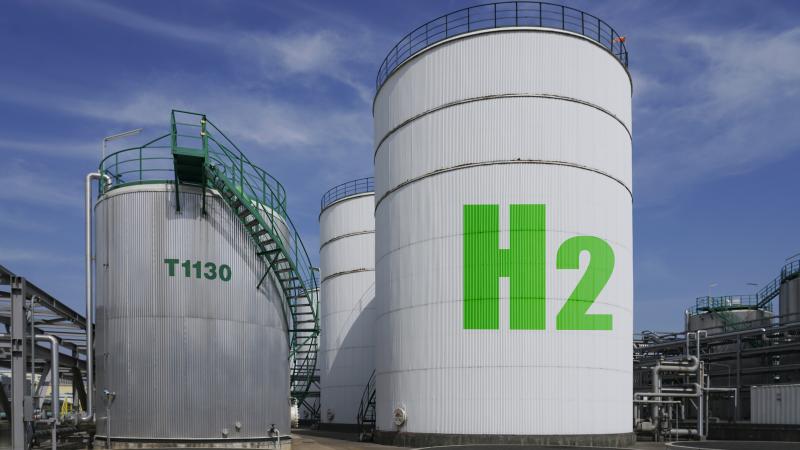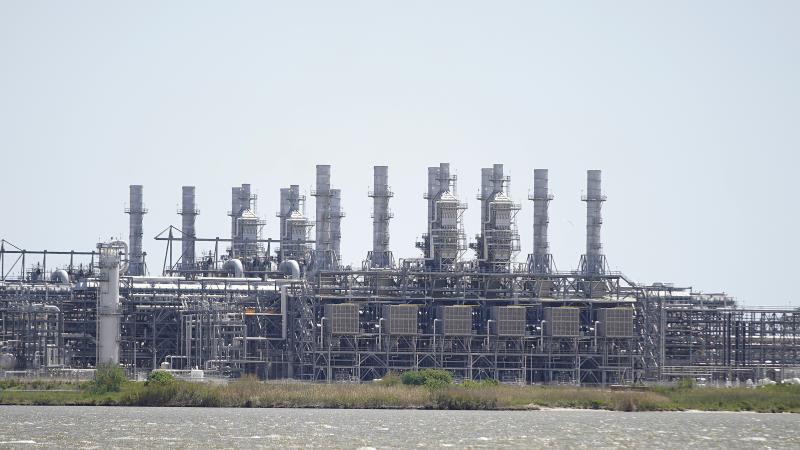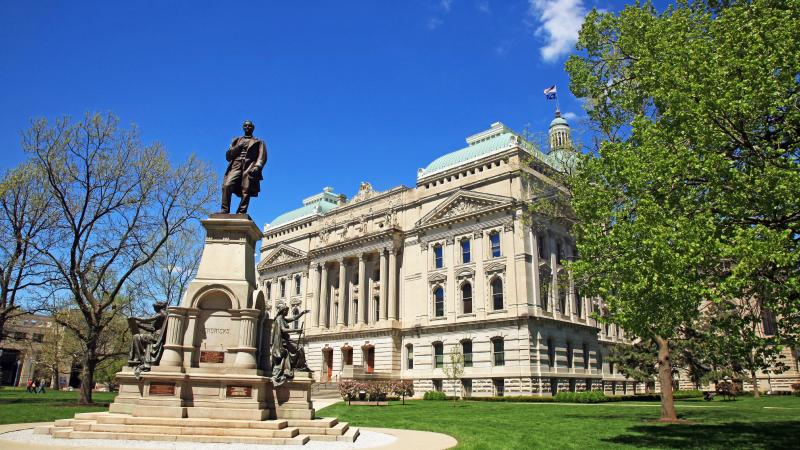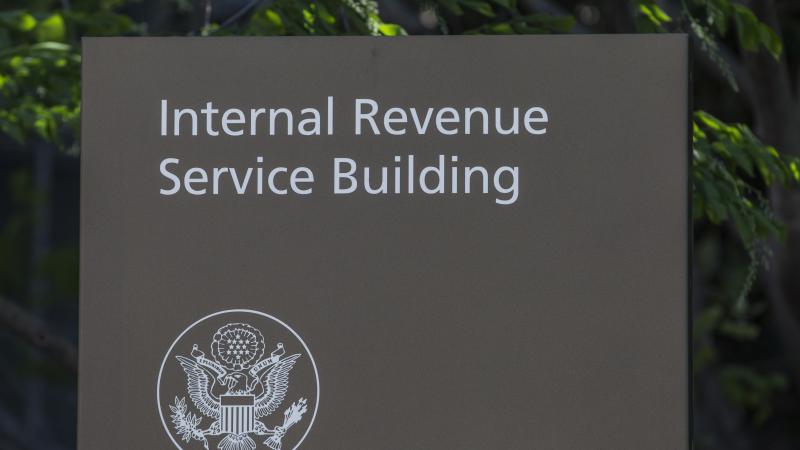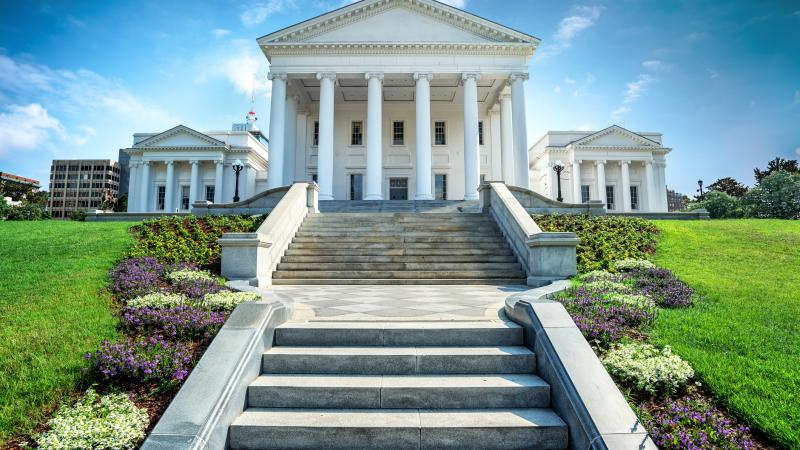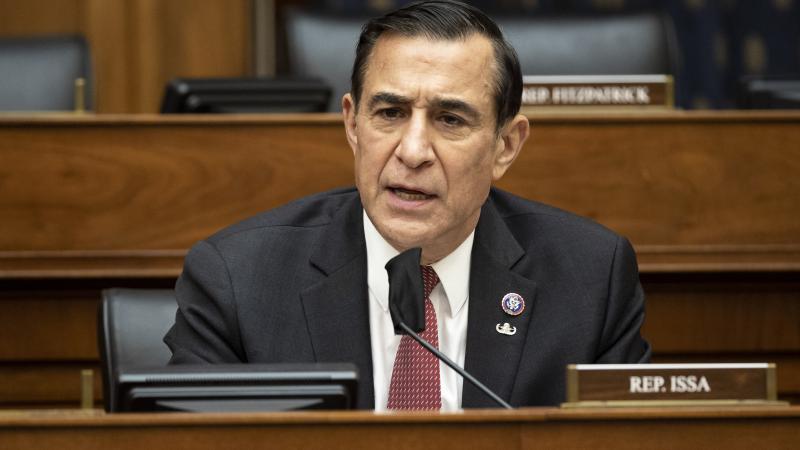Media blaming climate change for early cherry blossom blooms ignores cause of heat, experts say
It's becoming a tradition every spring for the legacy media to blame climate change for cherry blossoms blooming earlier than average, but experts say this ignores the "Urban Heat Island" effect.
The National Park Service announced on Friday that the cherry blossoms along the Tidal Basin in Washington, D.C., have reached their peak bloom. “PEAK BLOOM! PEAK BLOOM! PEAK BLOOOOOOOOOOOM!” the post on X stated. The National Cherry Blossom Festival is a popular Washington springtime tradition, and according to the Environmental Protection Agency, it draws some 1.5 million visitors.
It’s also becoming an annual tradition for the legacy media to report the earlier dates of the peak blooms as a worrying indicator of the growing threat of human-caused climate change. Peak blooms have been occurring earlier than average in the past several years, according to the EPA. However, experts say the narrative that blames carbon dioxide emissions on the earlier dates ignores the impact of what’s called the Urban Heat Island Effect, a well-established phenomenon.
The asphalt jungle left out of narrative
Cities have a lot of dense concrete and asphalt in streets and sidewalks, and those materials have a low specific heat, meaning it takes less energy to heat them up and they trap heat longer. The grass and other vegetation found in undeveloped areas, on the other hand, have high specific heat.
Increasing development over time raises the temperatures of any urban area compared to that of rural areas surrounding it. This, experts say, accounts for the bulk of the warming in the D.C. area since the 1940s, but few legacy media articles reporting on early cherry blossom peak bloom dates mention this.
“They have a narrative that they're pushing, and they can't let facts or evidence get in the way. In the end, cherry blossoms don't bloom early outside of urban cores and cities,” Dr. Sterling Burnett, director of the Arthur B. Robinson Center on Climate and Environmental Policy at the Heartland Institute, told Just the News.
“The peak occurred several days earlier than the long-term average, as human-caused climate warming hastens the onset of spring flowering, are impacting when the cherry trees reach peak bloom, data shows,” ABC News reported.
Canada’s CBC produced a segment claiming that the earlier peak bloom dates threaten the species' survival. Fruit trees need a period of temperatures below about 46 degrees to bloom, and the CBC reporter speculates that if the number of days in a year with temperatures at or below that level decreases, the trees won’t survive. The segment provides no data showing that trees are declining in numbers or any other data suggesting they are struggling.
The Washington Post reported that this year marks the sixth year that the blossoms peaked earlier than normal. “The peak occurred several days earlier than the long-term average, as human-caused climate warming hastens the onset of spring flowering,” the article's subheading states. The article, written by Jason Samenow, a meteorologist, doesn’t discuss in depth either climate change or global warming.
Multiple reports last year on the date of the peak bloom followed the same narrative blaming it all on climate change. However, a Time report last year on peak bloom dates in D.C. and Tokyo mentioned the impact of the Urban Heat Island Effect.
Data shows a different cause
Chris Martz, a meteorology senior at Millersville University, told Just the News that almost all the warming D.C. has experienced in the past 60 years is due to this effect. To demonstrate this, Martz took temperature data from NOAA’s Global Historical Climatology Network daily (GHCNd) database of the four rural stations surrounding the D.C. metropolitan area and plotted the average temperatures since 1900. He then compared that data to the data from the weather station at Ronald Reagan National Airport.
He selected rural stations that have at least a century’s worth of daily observations and still operate today, in order, he said, to have a “fair apples to apples comparison.” The resulting graph shows that starting around 1940, the temperature data from the rural stations began to diverge from that of the Washington, D.C., station.
Image
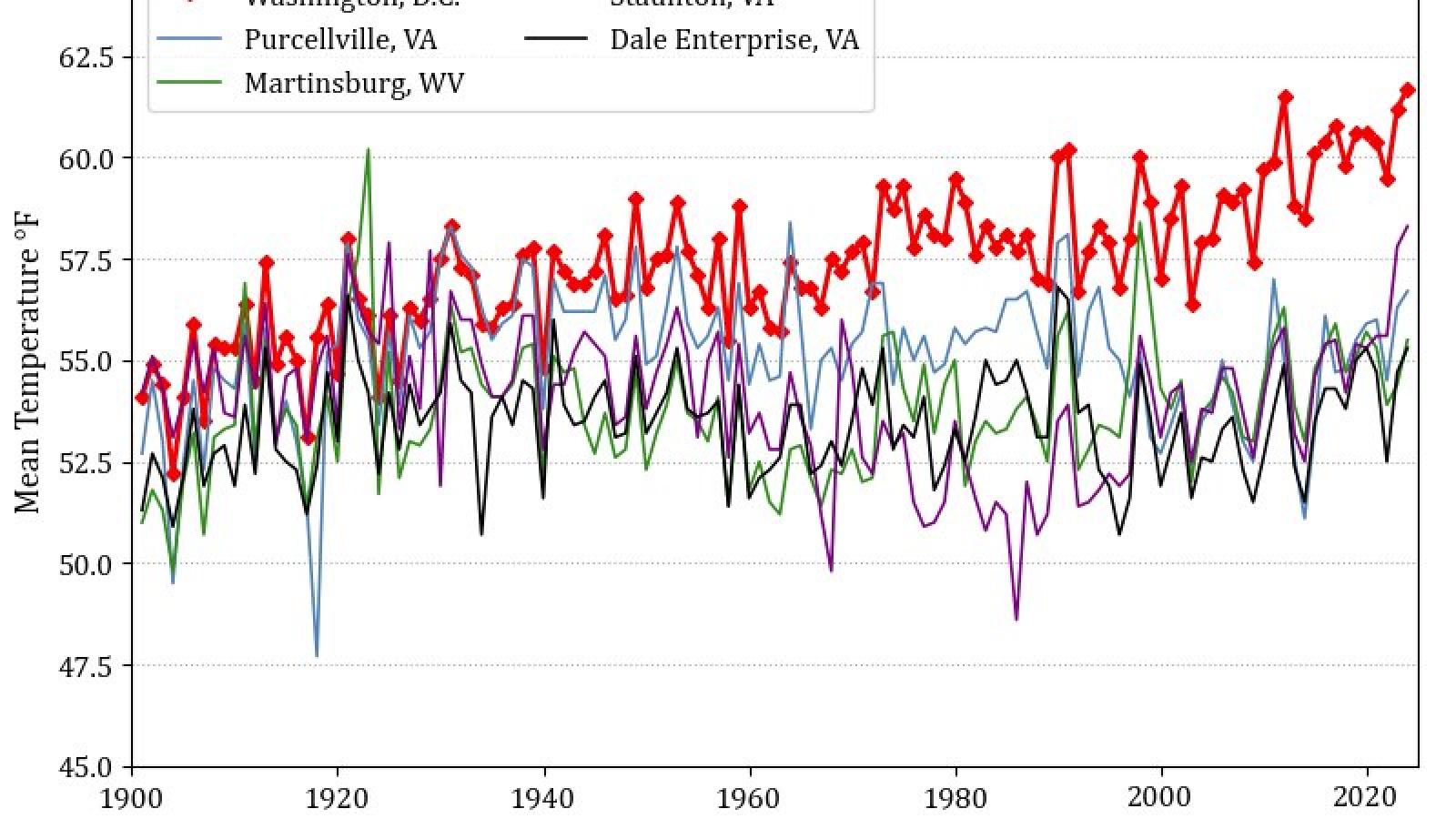
Comparisons of temperature data from NOAA between Washington, D.C. and surrounding rural territories shows divergence after 1940 when the city's development began to produce an Urban Heat Island effect.
(Courtesy of Chris Martz)
“We've seen a big divergence, beginning around the 1940s or 1950s, when D.C. became heavily urbanized. And the surviving rural stations out to the north and west and south of D.C. really showed cooling in that same time period,” Martz said.
Weather station located at airports
In 1941, he points out, the D.C. weather station was relocated to the then-newly opened Washington National Airport, which was later renamed Ronald Reagan National Airport. Pilots get weather information over radios. This tells them wind direction, among other data, which they use in determining airspeed for approaching the runway and takeoff, and barometric pressure, which they use to set their altimeters. Weather stations are, therefore, often placed at airports, but all the asphalt surrounding them produces a large urban heat island signature.
A 2019 study published in the journal “Climate” examined the urban heat in the Washington, D.C. area, including the Tidal Basin. Maps of surface heat signatures at different times of the day show bright red spots of high heat areas in the metropolitan zone of the city, with blue-colored cooler spots in the surrounding areas.
Despite all this widely available information on the impacts of the urban heat island effect, the media narrative remains focused on only one possible cause of rising temperatures. “If you read press reports, you’d think the world was coming to an end. They take it as proof of climate change, but what it is is proof of development and proof of higher populations,” Sterling, with the Heartland Institute, said.
The Facts Inside Our Reporter's Notebook
Links
- the post on X stated
- draws some 1.5 million visitors
- according to the EPA
- Urban Heat Island Effect
- specific heat
- Dr. Sterling Burnett
- ABC News reported
- CBC produced a segment
- Washington Post reported
- Jason Samenow
- Multiple reports last year
- Time report last year
- Chris Martz
- Global Historical Climatology Network daily (GHCNd) database
- newly opened Washington National Airport
- weather information over radios
- 2019 study published
Other Media
Image

Comparisons of temperature data from NOAA between Washington, D.C. and surrounding rural territories shows divergence after 1940 when the city's development began to produce an Urban Heat Island effect.
(Courtesy of Chris Martz)
